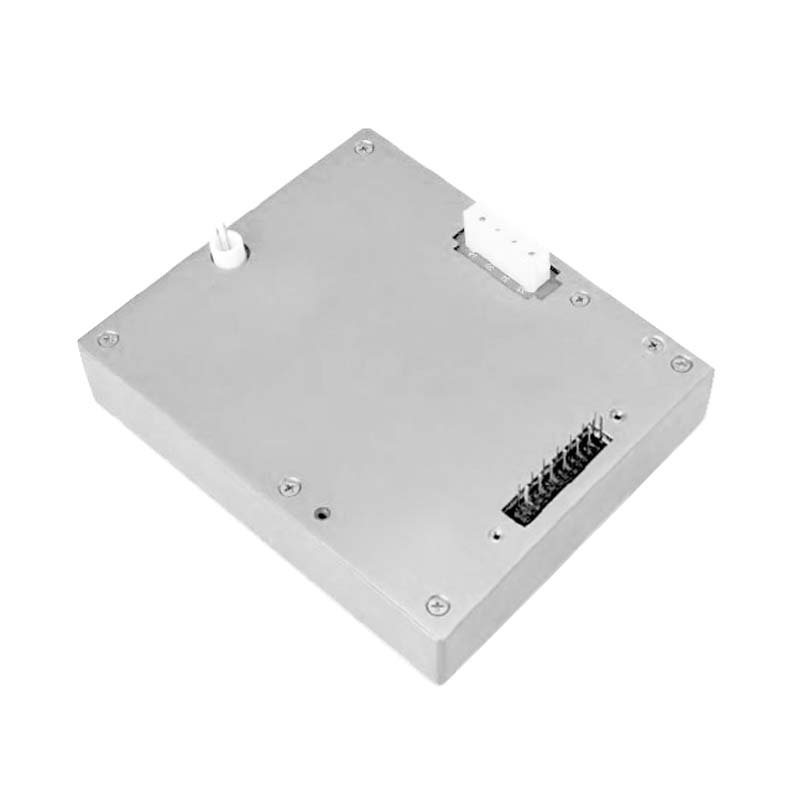Power Supply Methods for Particle Accelerator: Technology and Applications
Particle accelerators, as core devices for exploring the microstructure of matter, rely critically on the precision and stability of their power supply systems. These systems must deliver high-voltage electric fields or pulsed magnetic fields to propel charged particles near light speed while ensuring precise beam trajectory control. The design of power supply methods must address stringent requirements such as high-power output, millisecond response, microvolt ripple suppression, and potential isolation, making their technological architecture and innovation key to breaking scientific bottlenecks.
1. Core Architecture of Power Supply Systems
Independent Power and Grid Isolation
Particle accelerators cannot connect directly to public grids because:
Grid voltage fluctuations (±10%) exceed accelerator tolerance (typically ≤0.05%);
Load transients from accelerators may disrupt grid stability.
The solution employs multi-stage isolation and voltage stabilization: a 50kVA industrial isolation transformer decouples the grid, followed by an AC stabilizer to eliminate voltage drift, and finally a power inverter generates customized waveforms. For example, a 350kV main power supply integrates high-voltage transformers and voltage-multiplying rectifiers within an oil tank for potential stacking and insulation.
Energy Storage and Rapid Release Units
Pulsed accelerators (e.g., synchrotron radiation sources) require megawatt-level power release within microseconds. Systems thus integrate large capacitor banks or flywheel energy storage to convert slow-charged grid energy into instantaneous high-power output. For instance, RF cavities in linear accelerators rely on capacitor banks to excite high-frequency electric fields within nanoseconds, enabling particles to gain kinetic energy at wave peaks.
2. Power Requirements Across Accelerator Types
| Accelerator Type | Power Method | Technical Challenges |
|-------------------------|--------------------------------|--------------------------------|
| Linear Accelerator | HF AC power (klystron-driven) | Phase sync accuracy (≤1°) |
| Synchrotron | DC magnet power | Current stability (≤10ppm) |
| Industrial E-beam | HV pulsed power (40–350kV) | Ripple suppression (≤0.001%) |
For example, medical proton accelerators require 30kV–350kV multi-supply coordination: the main power provides acceleration fields, while filament supplies (10V/3A) must float at high potential, solved via 350kV isolation transformers.
3. Key Technical Challenges and Innovations
Precision and Stability
Digital feedback control: Real-time current/voltage monitoring with PID algorithms dynamically adjusts IGBT drive signals, suppressing fluctuations to ≤0.05%;
Low-drift components: High-voltage resistors use nickel-chromium alloy with ≤2ppm/°C temperature drift to avoid thermal noise.
Energy Efficiency Optimization
Traditional supplies achieve 70–80% efficiency, but new topologies like multilevel inverters reach 95%:
Cascaded H-bridges reduce switching losses;
Energy recovery systems capture reverse current during magnet demagnetization, feeding it back to storage capacitors.
High-Voltage Insulation and Cooling
Insulation design: SF₆ gas or silicone oil fills high-voltage transformers, with dielectric strength ≥20kV/mm;
Liquid cooling: Purified water circulation dissipates heat from high-power IGBTs (thermal density ≥500W/cm²), maintaining ±0.1°C temperature control.
4. Multi-Domain Applications Driving Progress
From research to industry, power methods evolve continuously:
High-energy physics: Colliders require thousands of magnet supplies with <1ns current synchronization, advancing distributed bus control;
Industrial irradiation: HV pulsed supplies (30–40kV) for food sterilization demand 10kHz switching to boost throughput;
Cancer therapy: Medical linear accelerators need ≤0.001% ripple to ensure proton beam energy deviation ≤0.1MeV.
5. Future Trends: Intelligence and Integration
Next-generation systems will incorporate:
AI dynamic compensation: Machine learning predicts load changes for preemptive voltage adjustment;
Modular multilevel converters (MMC): Enable direct high-voltage connection and redundancy, supporting energy upgrades;
Superconducting power: Zero-resistance coils break traditional copper loss limits, targeting mega-ampere current output.
> The power supply methods for particle accelerators represent the ultimate fusion of precision electromagnetic engineering and materials science. Each technological iteration—from nanosecond pulse control to million-volt potential isolation—expands the horizon of human knowledge.




















